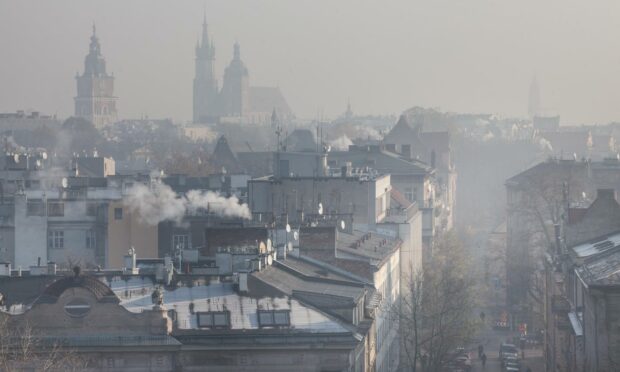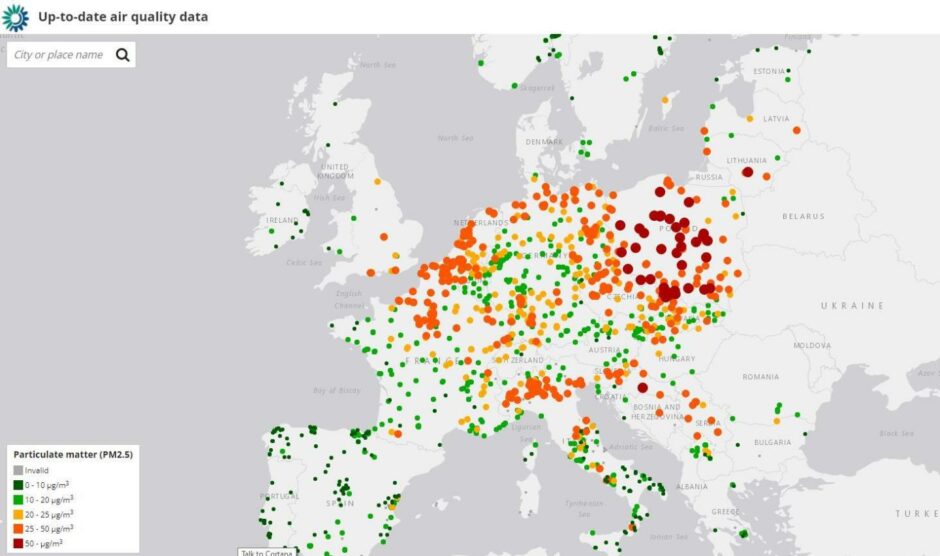A recent spike in dangerous air pollution in Dundee can be traced back to coal fires in Central Europe.
On March 3, air pollution monitors around Dundee, and also in Forfar, returned high readings for particulate matter linked to serious health problems.
Particles with a diameter of less than 2.5 microns can enter the bloodstream when inhaled.
Also known as PM2.5 they have been linked to cancer.
So what happened on Thursday, March 3?
We asked the Scottish Environment Protection Agency (Sepa) what might have caused the pollution spike.
A Sepa spokesperson said elevated levels of particulate matter were recorded across Scotland that day.
By the Friday, things had returned to normal.
“The elevated levels of pollution were closely associated with PM2.5 and occurred across the northeast of the country.
“This appears to be a regional event and is likely linked to a polluted airmass moving across from Central Europe, where elevated levels of particulate matter were also detected.”
A look at data from the European Environment Agency (EEA) shows that levels of PM2.5 exceeded 50 micrograms per cubic metre in areas of Poland on March 2.
To put that in perspective, that exceeds more than twice the annual average PM2.5 tolerated under Scottish limits.
The highest level recorded across Dundee and Angus was 37.7, at Dundee Lochee Road.
What do we expect to happen in #Europe at 850 hPa tomorrow? The @NWS GFS #weather data provide this #winter #wind streamline distribution for 03.03.2022 (https://t.co/VcWApIyJWC). pic.twitter.com/XLqZvCqbzm
— ASKMeteo (@ASKMeteo) March 2, 2022
Fife saw smaller spikes, albeit they still exceeded the Scottish annual mean target of 25.
During the first days of March, temperatures in Central Europe plummeted below zero.
Poland in particular is heavily reliant on coal. And when people light their coal fires, air quality suffers.
ASKMeteo‘s air mass visualisation for March 3 shows air from Central Europe swirling across the east of the UK.
“Air pollutants not only impact the country they originate from but can circulate across hundreds and thousands of kilometres,” said the Sepa spokesperson.











